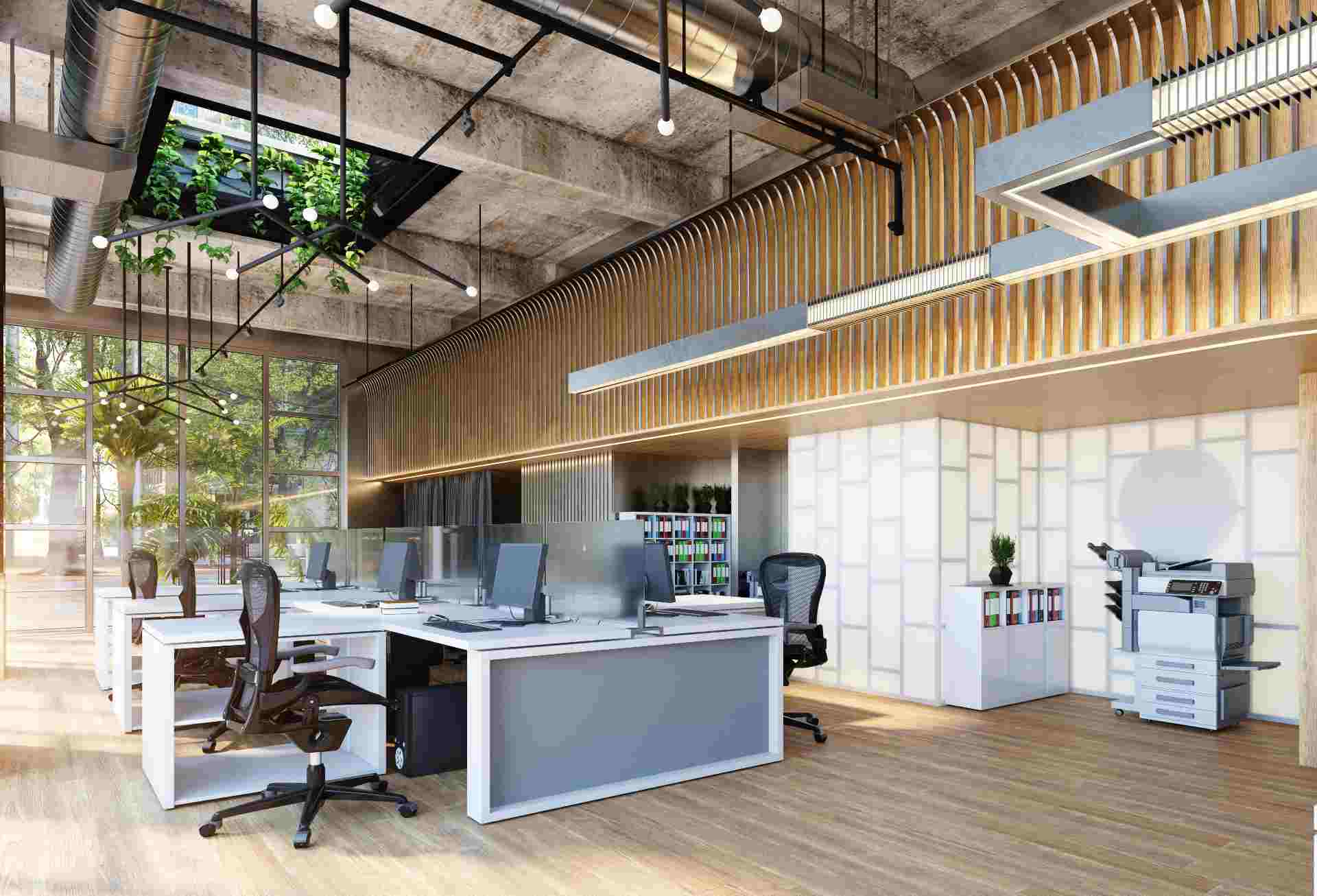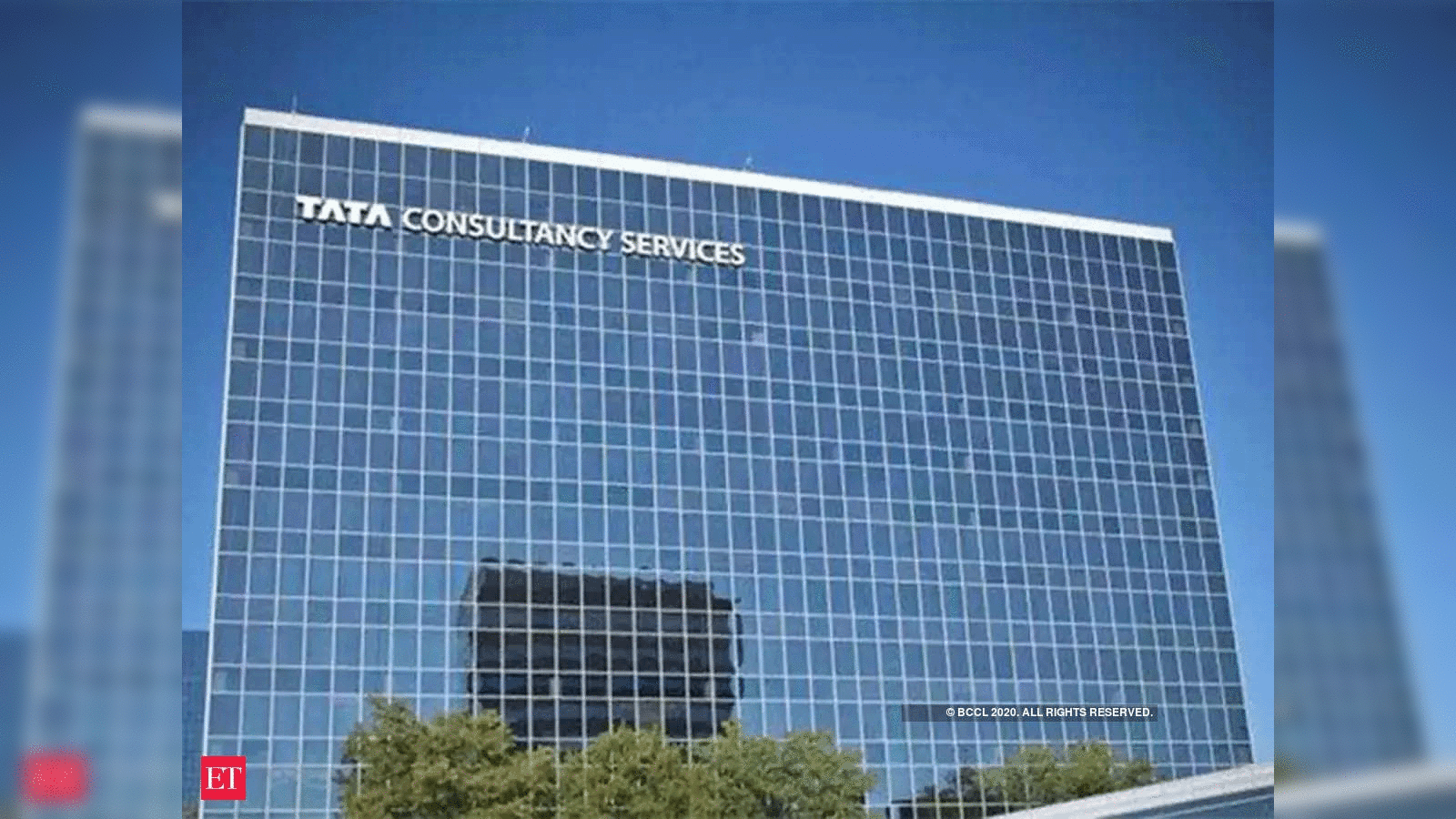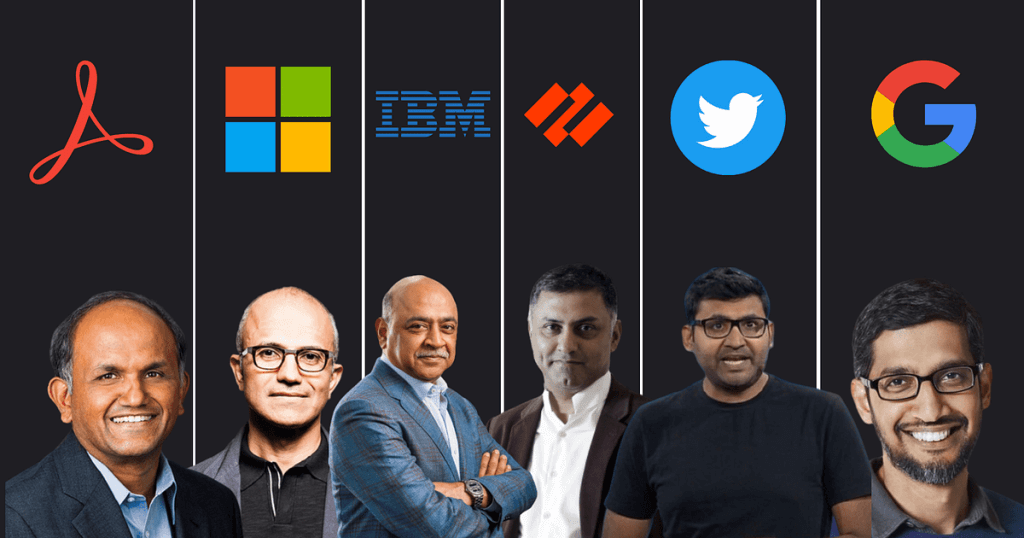Creativity is the lifeblood of innovation and progress. In today’s competitive business landscape, organizations recognize that nurturing creativity among employees is crucial for staying ahead of the curve. While factors like talent, skills, and motivation play significant roles in fostering creativity, one often overlooked aspect is the impact of workplace design. A well-designed office environment can act as a catalyst, unleashing the creative potential of employees. In this article, we explore how good workplace design can foster creativity and drive innovation within organizations.
- Inspiring and Stimulating Environment
A visually appealing and inspiring workplace can ignite creativity in employees. Bright colors, interesting artwork, and unique design elements stimulate the mind and spark fresh ideas. Natural elements, such as plants and natural lighting, create a calming atmosphere, reducing stress and opening up the mind to new possibilities.
- Flexible and Collaborative Spaces
Good workplace design incorporates flexible and collaborative spaces that encourage interaction and idea-sharing among employees. Open-plan layouts, communal areas, and breakout zones facilitate spontaneous discussions and brainstorming sessions. The freedom to move around and collaborate with colleagues fosters a dynamic creative process.
- Employee Empowerment
Workplace design can empower employees by providing them with the autonomy to shape their work environment. Giving employees the freedom to personalize their workstations, choose different seating options, or work in comfortable settings enhances their sense of ownership and creativity.
- Unconventional Work Areas
Modern workplace design encourages unconventional work areas that break away from traditional office norms. These may include standing desks, relaxation zones, cozy corners, and informal meeting spaces. Such areas inspire out-of-the-box thinking and allow employees to approach problem-solving from different perspectives.
- Encouraging Playfulness
Playfulness and creativity go hand in hand. Design elements that introduce playful touches, such as colorful furniture, game rooms, or creative art installations, promote a relaxed and fun atmosphere. A playful environment encourages employees to take risks and experiment with ideas fearlessly.
- Incorporating Technology
Innovation often relies on cutting-edge technology. Workplace design should integrate technology seamlessly to facilitate creativity. Access to modern tools, interactive displays, and collaborative software fosters a tech-savvy culture that supports the generation of innovative ideas.
- Emphasizing Privacy and Focus
While collaboration is essential, creativity also requires moments of deep focus and solitude. Good workplace design strikes a balance between open collaborative spaces and private areas that allow employees to concentrate without distractions. Quiet zones and private work pods provide a space for introspection and focused thinking.
- Embracing Diversity
Diverse and inclusive workplace design can also fuel creativity. A mix of various spaces that accommodate different work styles, cultures, and backgrounds encourages a rich exchange of ideas and perspectives. This inclusive environment fosters innovation by promoting a wide array of viewpoints.
- Supporting Well-Being
A healthy workforce is a creative workforce. Workplace design that prioritizes employee well-being contributes to higher job satisfaction and overall creativity. Ergonomic furniture, natural lighting, and wellness areas promote physical and mental health, allowing employees to perform at their creative best.
Conclusion
Good workplace design goes beyond aesthetics; it plays a crucial role in nurturing creativity and innovation among employees. An inspiring, flexible, and empowering office environment encourages idea generation, collaboration, and out-of-the-box thinking. By incorporating elements such as stimulating visuals, flexible workspaces, innovative technology, and spaces for play and relaxation, organizations can unleash the creative potential of their workforce. Emphasizing diversity, supporting well-being, and promoting a culture of creativity will not only lead to improved employee satisfaction but also position the company as a hub for innovation and success in a rapidly changing world.





